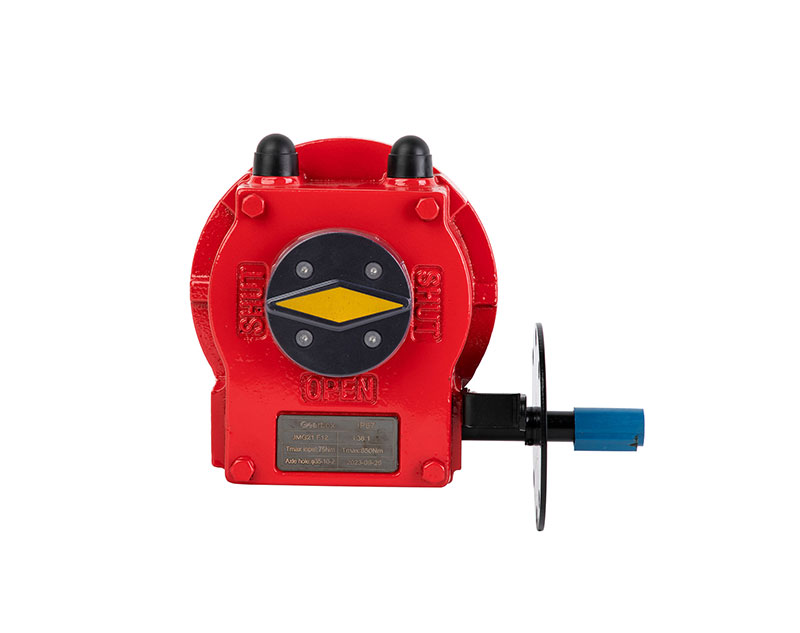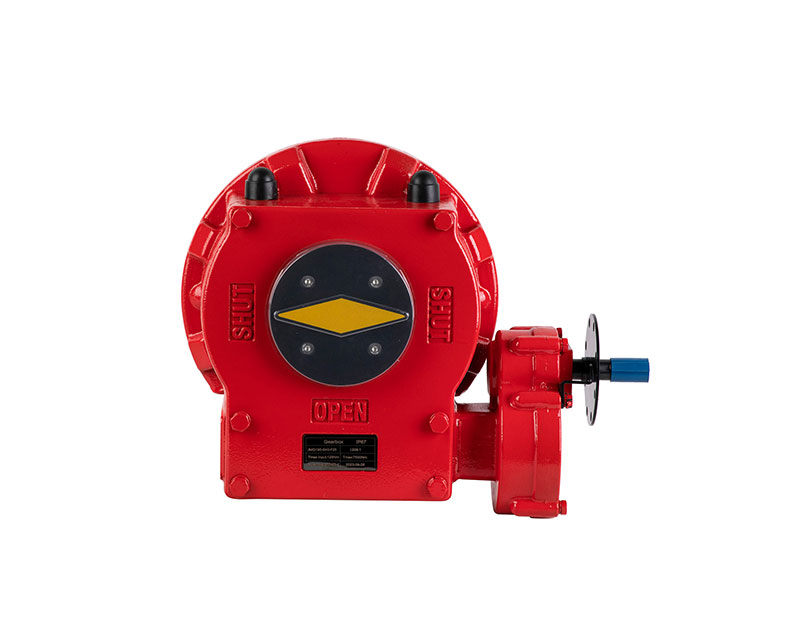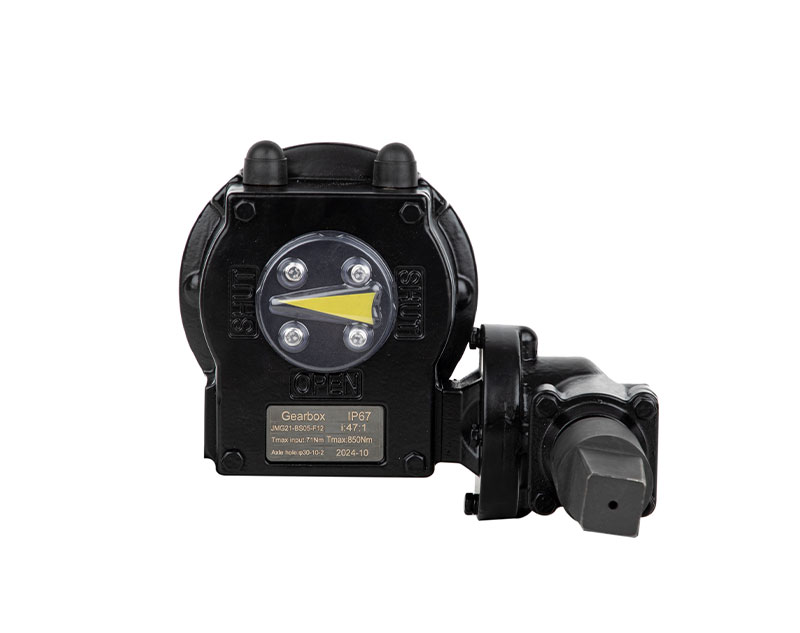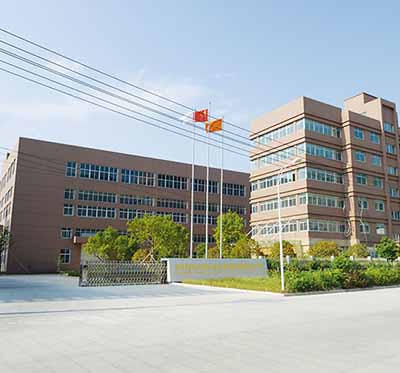How to Improve the Service Life of Pneumatic Actuators
Pneumatic actuators are extensively employed in a variety of industries due to their cost-effectiveness, reliability, and simplistic design. Nevertheless, the lifespan of these components can be impacted by factors such as harsh operating conditions, inadequate maintenance, and improper installation, as is the case with any mechanical component. The service life of pneumatic actuators can be substantially extended by adhering to recognized standards in the areas of selection, installation, operation, and maintenance
1. Appropriate Selection and Sizing
It is imperative to select the appropriate pneumatic actuator for the application. Important factors to consider are as follows:
- Load Requirements: Ensure that the actuator has an adequate amount of force and torque to manage the load without overworking.
- Operating Pressure: To prevent premature degradation, utilize actuators that are rated for the system's pressure range.
- Cycle Frequency: Actuators with robust construction and enduring seals are necessary for high-cycle applications.
- Environmental Conditions: Choose corrosion-resistant materials for severe environments, such as stainless steel for chemical exposure.
2. Appropriate Installation Procedures
Poor installation can result in seal damage, excessive vibration, and misalignment. Please adhere to the following guidelines:
- Alignment: Prioritize the alignment of the actuator and the driven burden to prevent side-loading.
- Mounting: Employ suitable brackets and fasteners to reduce the actuator body's stress.
- Initial Lubrication: It is necessary to adhere to the manufacturer's recommendations when lubricating certain actuators.
3. Improved Air Quality and Filtration
The efficacy of actuators can be compromised by contaminants in compressed air, such as moisture, dust, and oil.
Potential solutions consist of:
- Air Filters: Install high-quality filters to eliminate moisture and contaminants.
- Lubricators: In order to guarantee a consistent oil supply, it is necessary to employ integrated air lubricators if the actuator necessitates lubrication.
Pressure Regulation: To prevent erratic movement and unnecessary tension, it is important to maintain stable air pressure.

4. Consistent Inspection and Maintenance
The lifespan of an actuator is substantially extended through preventive maintenance:
- Seal Inspection: Immediately replace worn seals and inspect for leakage.
- Lubrication Schedule: Re-lubricate as needed (applicable to specific models).
- Wear and Tear Monitoring: Conduct an inspection of the pistons, rods, and bearings for any indications of damage.
- Cleaning: Eliminate any dust or debris that may penetrate the actuator and cause abrasion.
5. Proper Operation and Control
To prevent the acceleration of deterioration, it is important to avoid abrupt starts/stops and excessive cycling.
- Flow Control Valves: Utilize adjustable flow controls to modulate actuator speed in a smooth manner.
- Cushioning: Internal cushions are fitted to certain actuators to mitigate the impact at the conclusion of the stroke.
- Limit switches: Position sensors should be installed to prevent over-travel damage.
6. Environmental Protection
- Temperature Management: Prevent the use of lubricants and seals that may be damaged by high temperatures.
- Corrosion Prevention: In corrosive environments, employ stainless steel actuators or protective coatings.
- Dust and Water Protection: Actuators that are enclosed (e.g., IP65/IP67-rated) are optimal for use in damp or dirty environments.
In conclusion,
By meticulously selecting the appropriate actuator, ensuring proper installation, maintaining a clean air supply, conducting regular inspections, and optimizing operational conditions, the service life of pneumatic actuators can be maximized. In addition to enhancing overall system reliability, these procedures also reduce downtime and lower maintenance costs.









